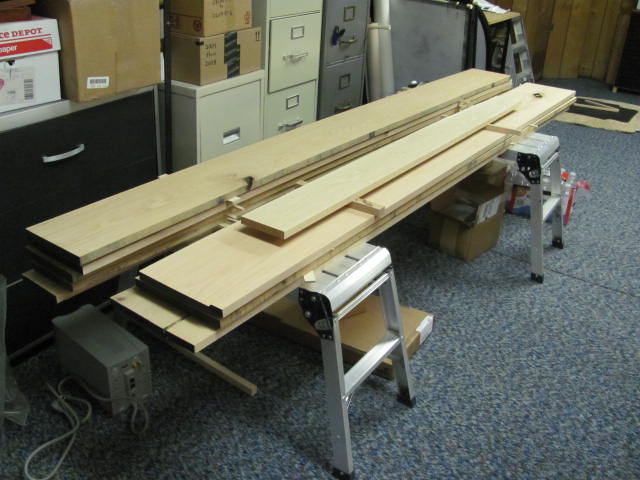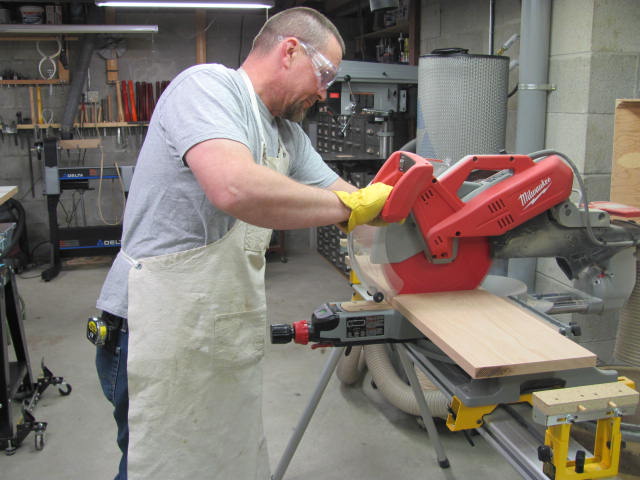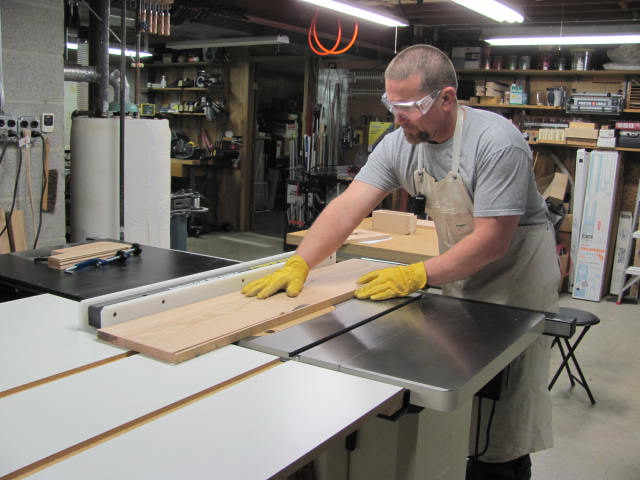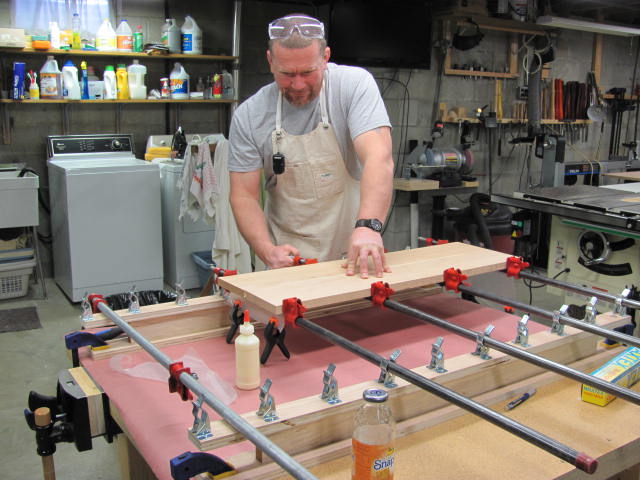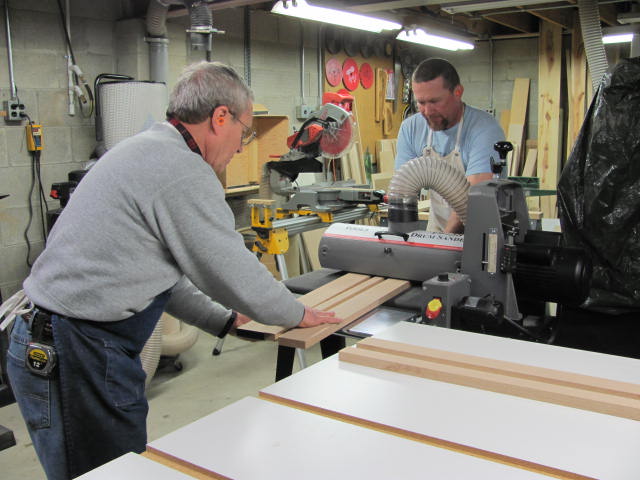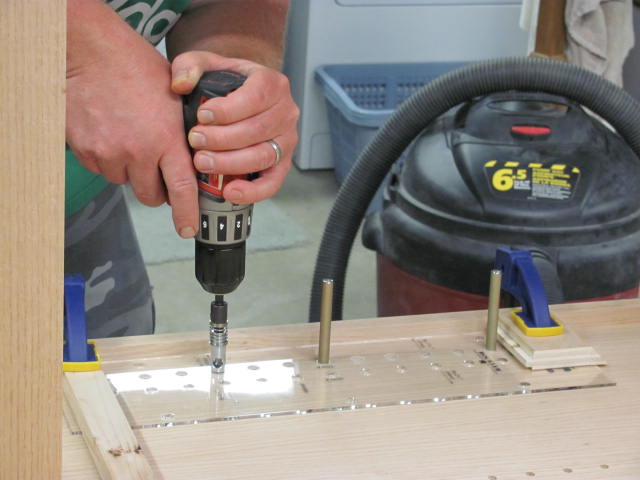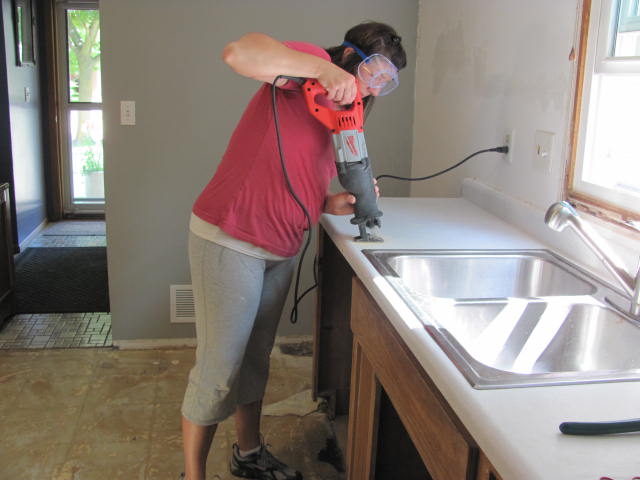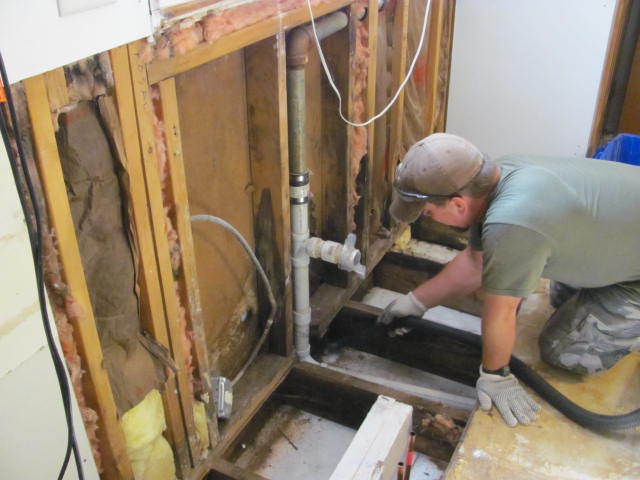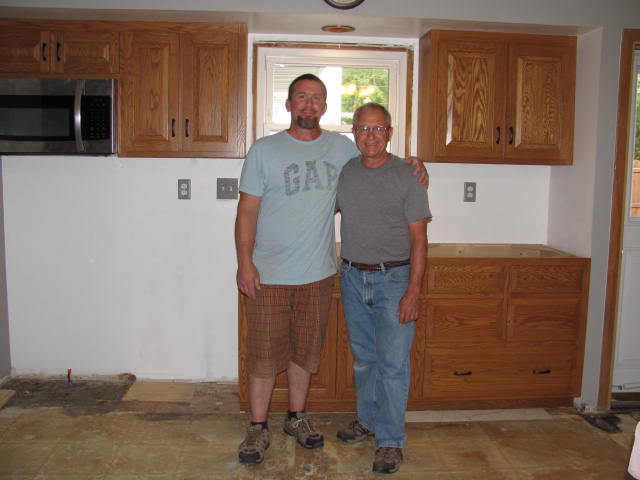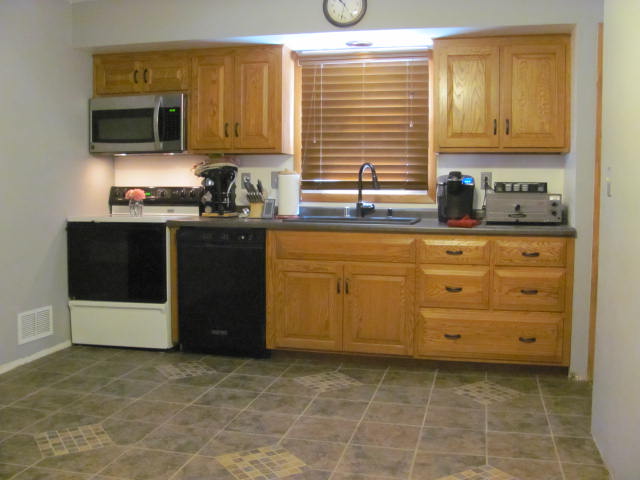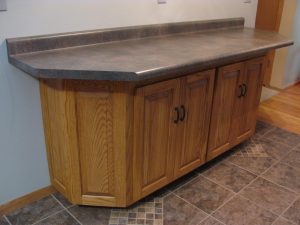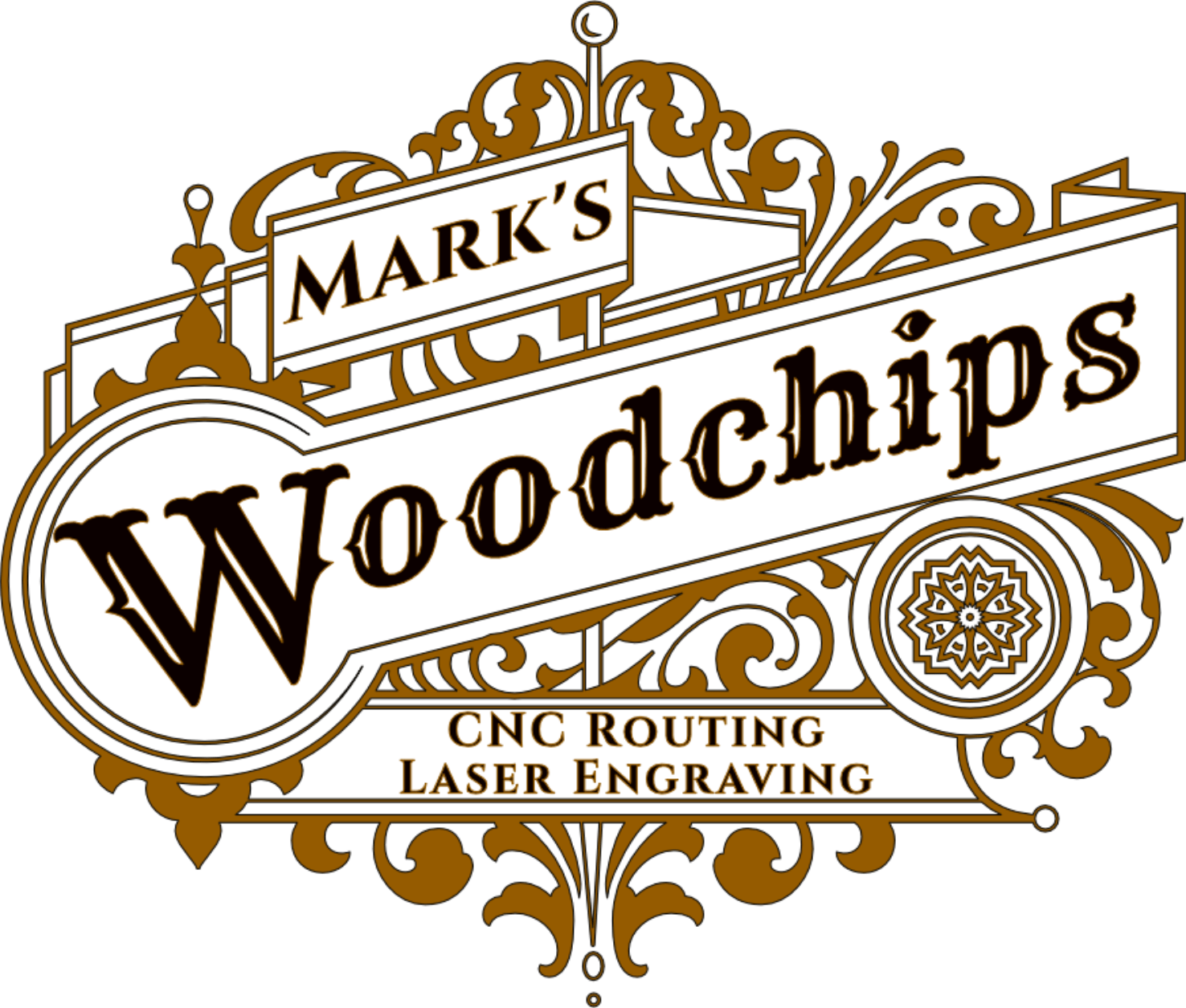George & Stephanie’s Kitchen Remodel
March 30, 2014 marks the day we started cutting wood for the kitchen remodeling project. Oak was selected for the wood to somewhat match all the moulding in the house. Stephanie directed the design phase by establishing storage requirements for her cookware. Additional cabinetry will be added to the kitchen area to increase the overall storage space. We hope you enjoy looking at the progress photos.


